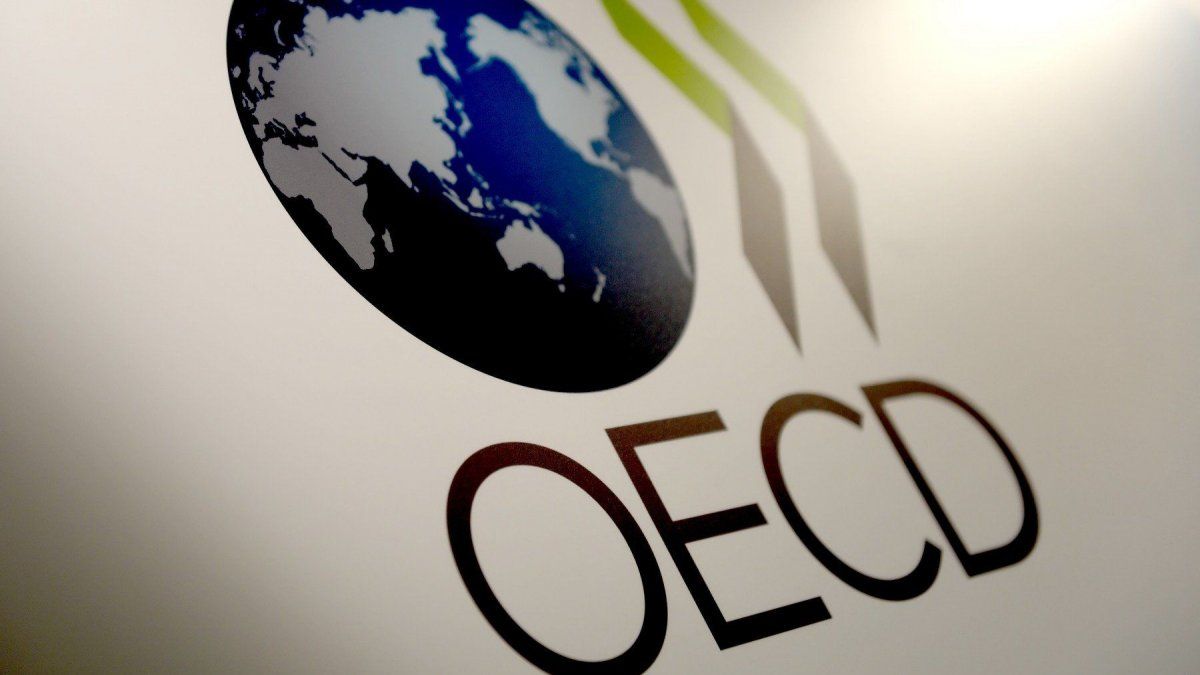He Gross Domestic Product (GDP) of all the countries of the Organization for Economic Cooperation and Development (OECD) grew 0.4% during the first quarter compared to the last three months of 2022, the Paris-based organization reported today.
Thus, The growth of the 38-state bloc accelerated slightly from that registered at the end of last year, by which time it had grown just 0.2% quarterly, although it has remained strongly stagnant since the war between Ukraine and Russia began.
In the case of the G7 economies -which are part of the organization-, they grew at an average of 0.3% in the first quarter, the same percentage as in the previous period.
The panorama is dissimilar between these countries: while GDP began to grow faster in Canada (+0.6%), Italy (+0.5%), Japan (+0.4%) and France (0. 2%) after closing 2022 stagnant or contracting, as in the Italian case; the economy slowed down in the United States (+0.3%, against 0.6% in the last quarter of 2022).
On the other hand, growth in the United Kingdom showed no major changes and remained at 0.1%, and Germany turned around, remaining unchanged after falling 0.5% in the previous period. Another point on which the powers diverge is on the causes of the expansion.
According to data published by its statistical agency, Japan’s growth was especially boosted by domestic demand (+0.7%) but suffered, as a counterpart, a drop in net exports (exports minus imports).
OECD.jpg
France, meanwhile, had its engine in net exports with a growth of 1.1% in exports and a fall of 0.6% in imports; while in the United States, although consumption accelerated (+0.9% against +0.3% in the previous quarter), there was a slowdown in inventory investment.
On the other hand, the United Kingdom had a headwind from lower public spending and a higher trade deficit; Italy was boosted by net exports and domestic demand; while in Germany investments and exports grew, but public spending and private consumption fell.
What about the countries near Ukraine
In this case, there is no common pattern either: Lithuania (-3.0%) and Hungary (-0.2%) registered contractions, while it grew in Poland (+3.9%) and Slovakia (+0.2% ).
Among the other countries in the block that presented data for the first quarter, there was growth in Portugal (+1.6%), Colombia (+1.4%), Mexico (+1.3%), and Finland (+1.1 %); while it contracted in Ireland (-2.7%).
Despite widespread stagnation, the average GDP in the OECD area has already largely exceeded that of the pre-pandemic, standing 4.5% above that registered in the last quarter of 2019.
Nevertheless, there are notable individual cases in which this milestone has not yet been reached: the economies of the United Kingdom, Germany, Spain and the Czech Republic are the only ones in the bloc that have not yet managed to return to their pre-pandemic levels so far.
Source: Ambito




